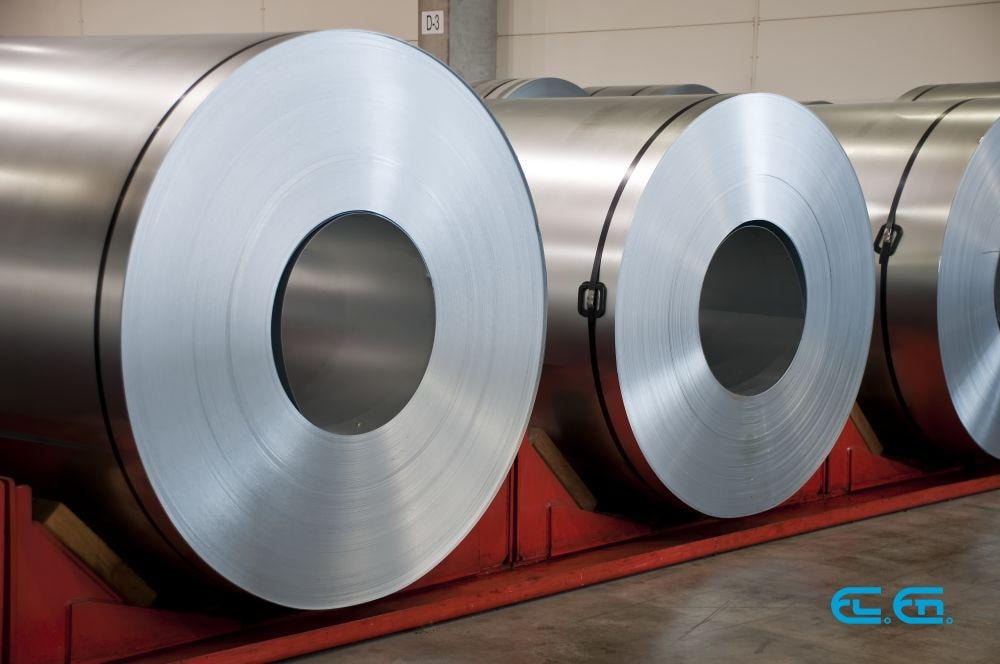One of the most frequently asked questions we receive on this blog is about the difference between fiber optic Lasers and CO2 Lasers. These are the two types of lasers most used for industrial application. If compared to fibers lasers, CO2 lasers have numerous advantages that fiber lasers don’t have.
Both the CO2 laser and the fiber optic laser work in the infrared spectrum. There is however a substantial difference between them.
A typical fiber optic laser works at a wavelength of 1.064 micrometers. It is used in very specific sectors, such as metal cutting, which require a very high concentration of power.
The typical wavelengths of our CO2 lasers are 9.3, 10.2 and 10.6 micrometers. This flexibility makes it possible to work with different types of material. The area of application of carbon dioxide laser is not limited to metals only but can also be applied to wood, acrylic, glass, paper, fabric, plastics, films, leather, stone, etc.
Thanks to this feature, the use of CO2 laser has spread to a wide variety of industrial applications in recent years. Its flexibility and versatility make CO2 laser the most used type of laser. It offers both high quality and the ability to satisfy most customer requests.
Versatility is not the only selling point of the CO2 laser has over fiber laser. Here are other features that make the CO2 laser the ideal choice for most applications:
- More precise when cutting thick materials: the CO2 laser operates at a wider wavelength therefore it is more suitable than the fiber optic laser for processing thick materials. It also leaves a much smoother finish
- Uniform quality: the quality is the same on all materials whilst with the fiber optic laser it can be slightly different depending on the density of the processed material
- Straight line cutting speed: a CO2 laser is faster at cutting in a straight line, and also has a faster penetration time once the cut has been initialised
- Possibility of control: the CO2 laser can work with materials of different thickness. The power and duration parameters of the laser beam can easily be adapted to the technical specifications of the material.
- Greater safety: the light emitted by the CO2 laser does not have a blinding effect. It is therefore must simpler to make the production line safe.
- Ease of implementation: the CO2 laser makes it possible to create light and compact machines, capable of satisfying all production needs, even those of smaller dimensions.
CO2 laser: versatility and reliability
On the basis of what we have written, it is clear that the choice between fiber laser and carbon dioxide laser depends on the type of application, i.e. the quality of the material and the technical requirements of the production.
If the fiber laser is particularly effective on metals, the CO2 laser offers much more versatility and control. It allows to process most plastic materials and all organic materials but it can also be used on metals for surface treatment and laser marking operations. It also has a long history of industrial applications, making it a reliable and safe tool.
The CO2 laser is therefore the best choice in most material processing industrial applications. If you have a process in mind that could be carried out using a CO2 laser, contact us, and we will be happy to find the application that best suits your needs.




